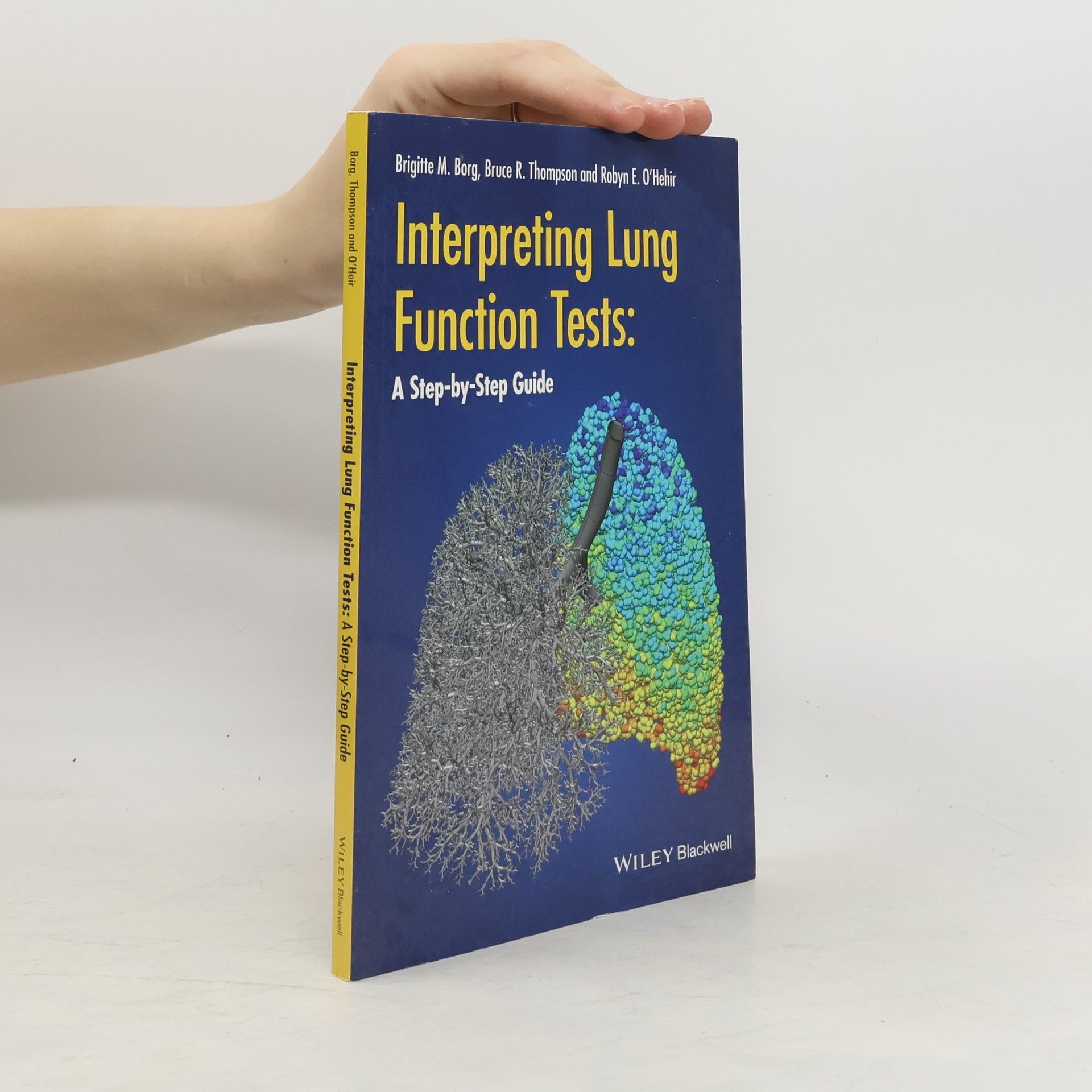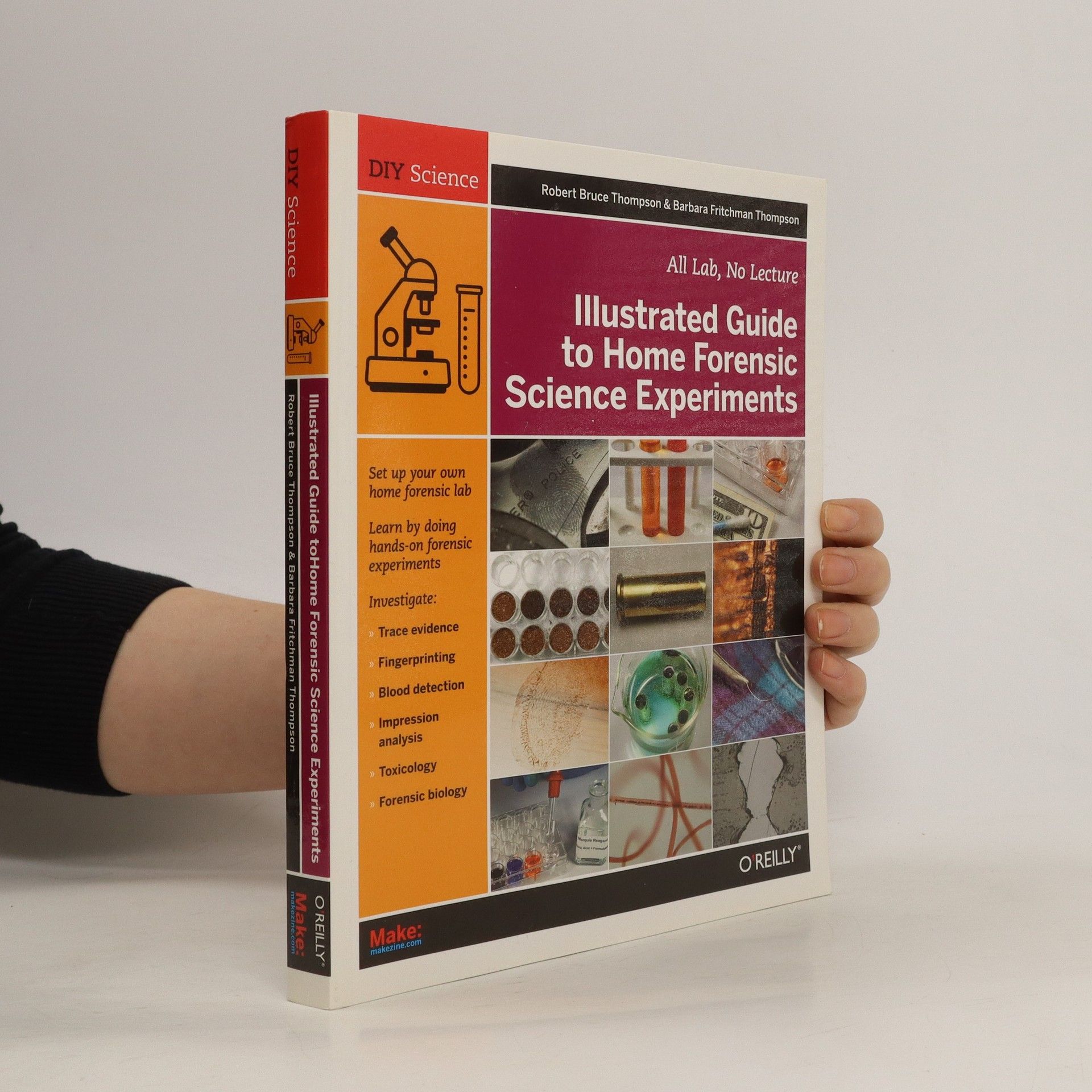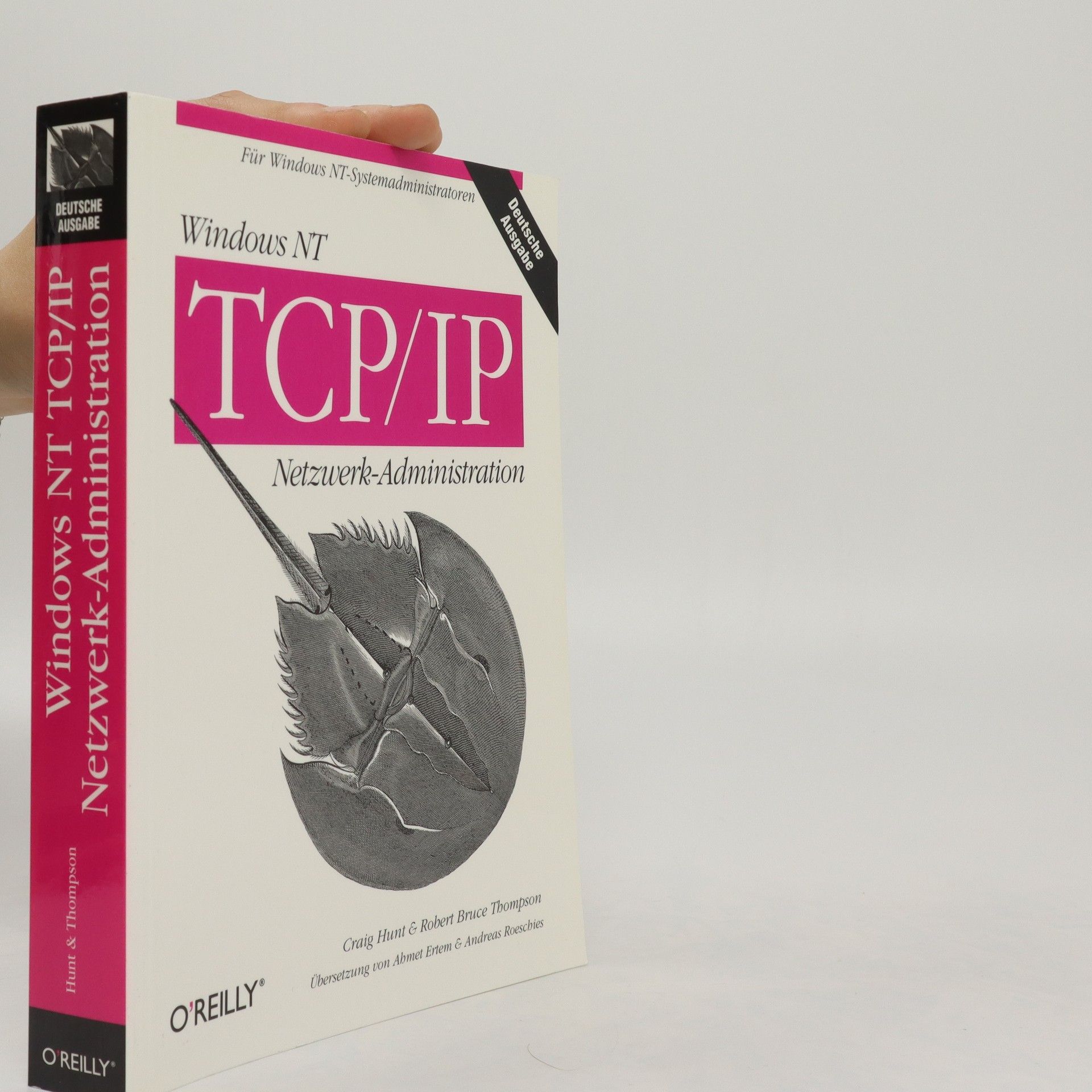„Windows NT - TCP/IP Netzwerkadministration“ ist ein vollständiger Leitfaden zum Einrichten und Betreiben eines TCP/IP-Netzwerkes unter Windows NT. Windows NT und TCP/IP sind seit langem untrennbar miteinander verbunden. Dies ist jedoch das erste Buch, das sich ausschließlich auf die Netzwerkanbindung von NT konzen-triert. Es beginnt mit den Grundlagen: Was die einzelnen TCP/IP-Protokolle erledigen und wie sie funktionieren, wie Daten geroutet werden und wie man eine Netzwerkverbindung her-stellt. Dann werden ausführlich alle mit Windows NT gelieferten und von Microsoft kostenlos erhältlichen Netzwerkdienste, einschließlich IIS, RRAS, DNS, WINS und DHCP, beschrieben. Fortgeschrittene Themen sind die Fehlersuche bei TCP/IP-Problemen, Netzwerksicherheit und Informationsressourcen. Zudem enthält das Buch Anhänge über die PPP-Skriptsprachen, DNS Ressourcen-Datensätze und unterstützte Microsoft DHCP-Optionen und Routingprotokolle. Folgende Themen werden im einzelnen behandelt: Netzwerkdienste Installation von TCP/IP IIS, DHCP, WINS, DNS, RRAS Fehlersuche bei TCP/IP-Problemen Netzwerksicherheit Ein-/Ausgabeumleitung Pipelines und Filter Hintergrundprozesse Die wichtigsten Netzwerkbefehle
Robert Bruce Thompson Bücher



"Learn how to analyze soil, hair, and fibers; match glass and plastic specimens; develop latent fingerprints and reveal blood traces; conduct drug and toxicology tests; analyze gunshot and explosives residues; detect forgeries and fakes; analyze toolmark impressions and camera images; match pollen and diatom samples; extract, isolate, and visualize DNA samples"--P. [4] of cover.
Lung function assessment is the central pillar of modern respiratory diagnosis, providing invaluable information to assist in clinical decision making and management strategies. Interpreting Lung Function A Step-by Step Guide is a practical “how-to” training manual, which provides the reader with the necessary skills to interpret lung function test results, and to write a concise and informative report on the outcome. Interpreting Lung Function A Step-by Step Guide Interpreting Lung Function A Step-by Step Guide is a superb new resource to educate medical students, junior doctors, family physicians, as well as advanced trainee physicians specializing in respiratory medicine, respiratory scientists, and respiratory physicians